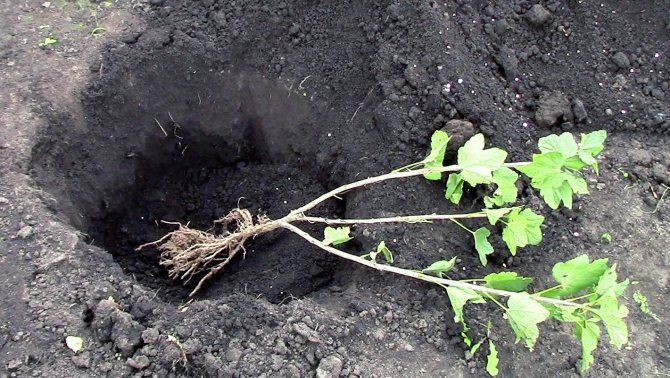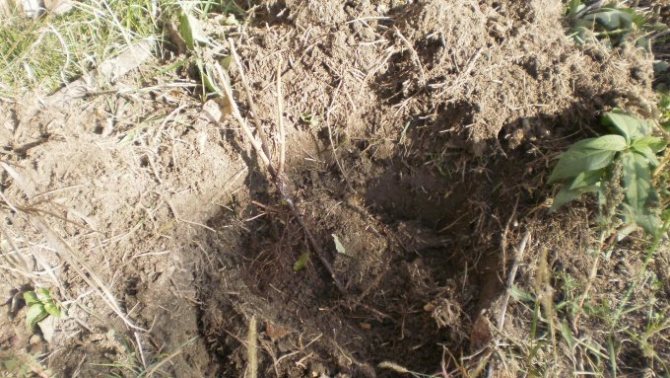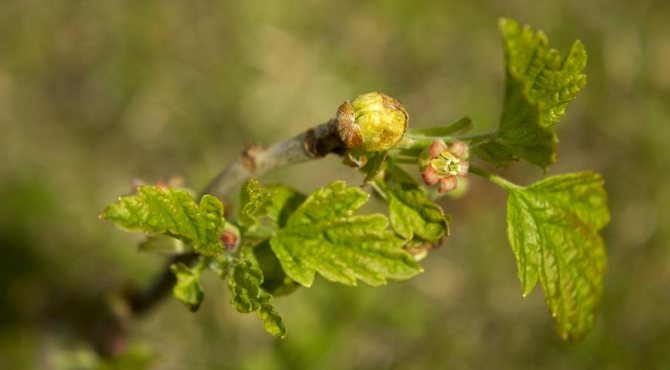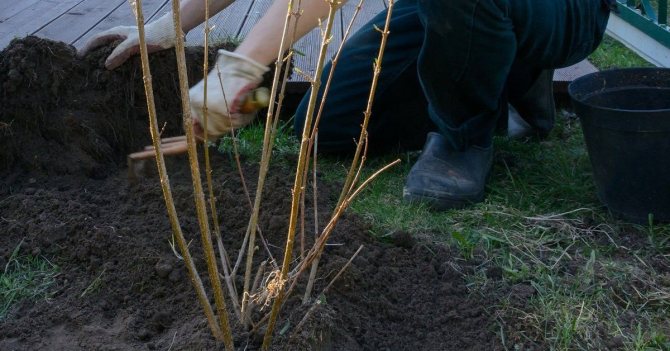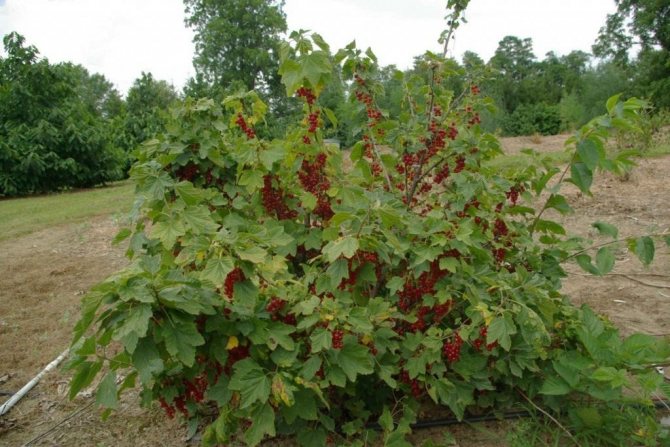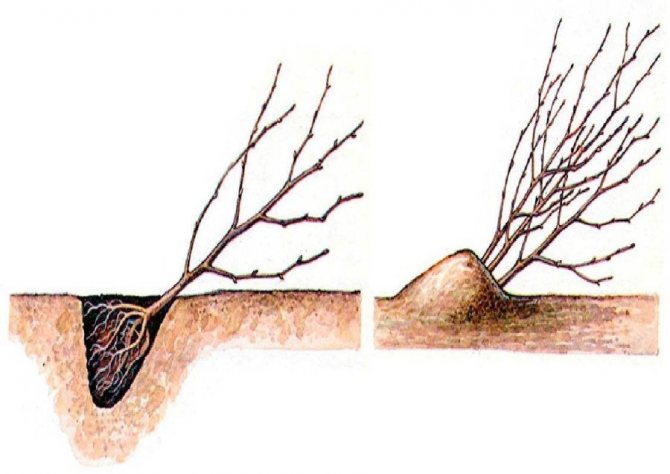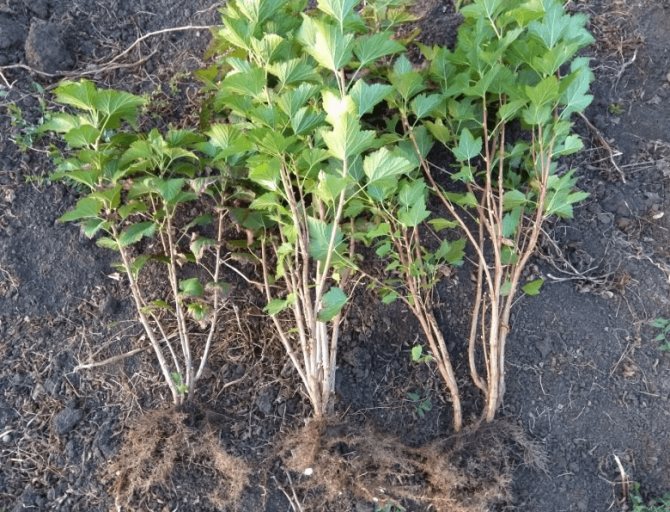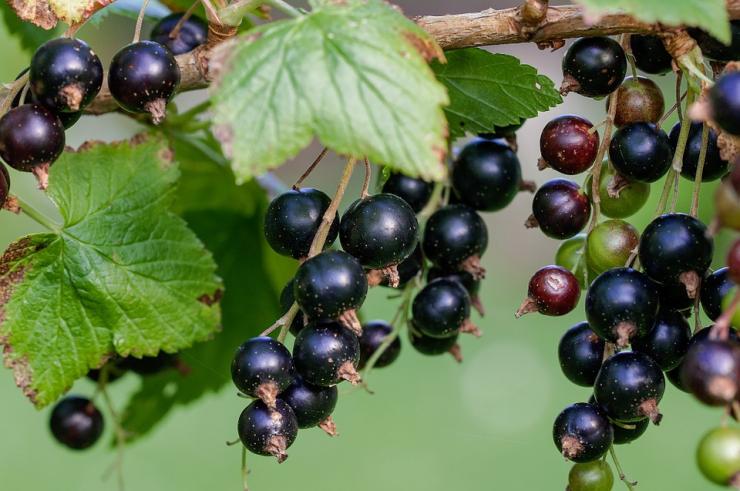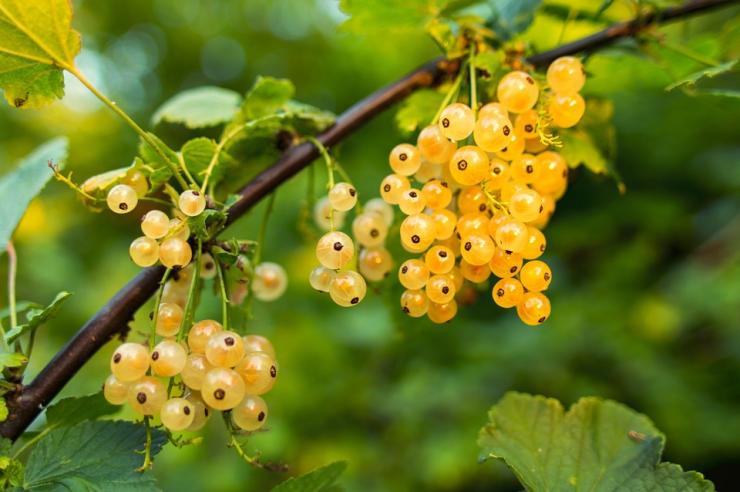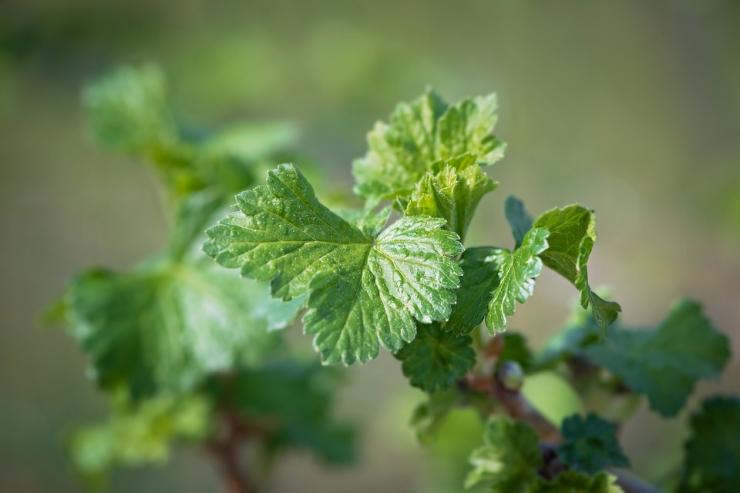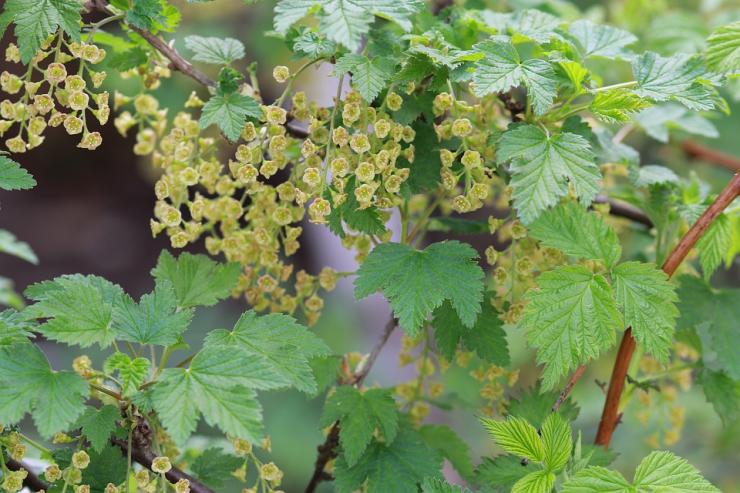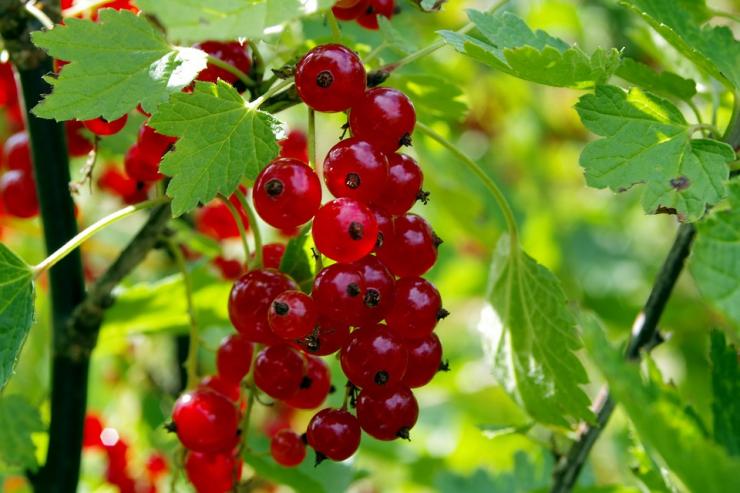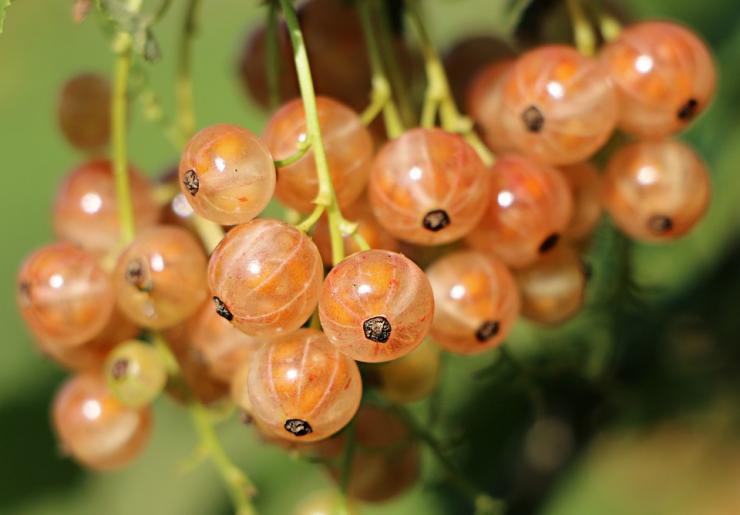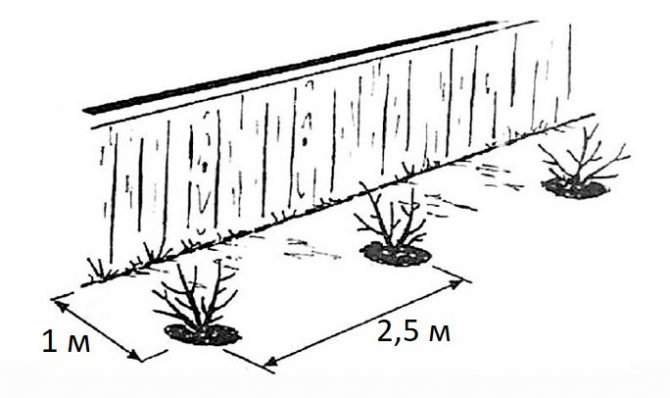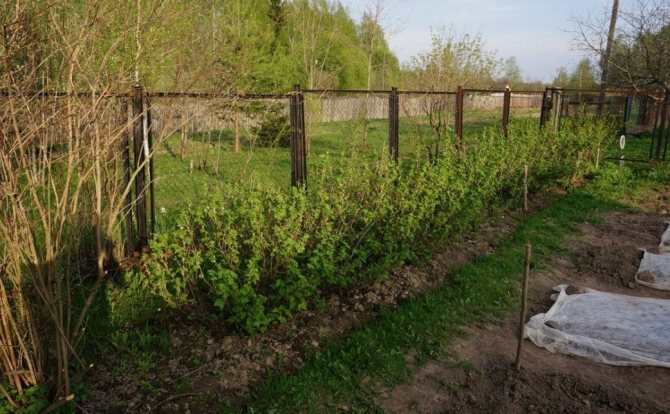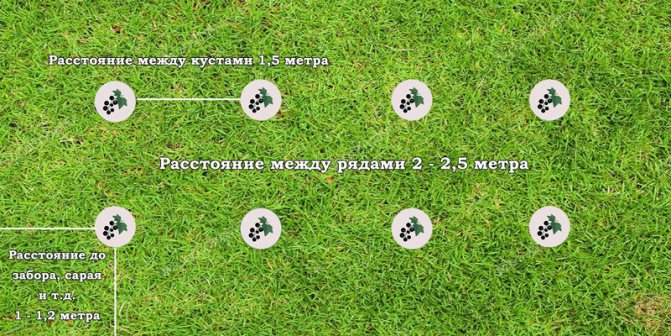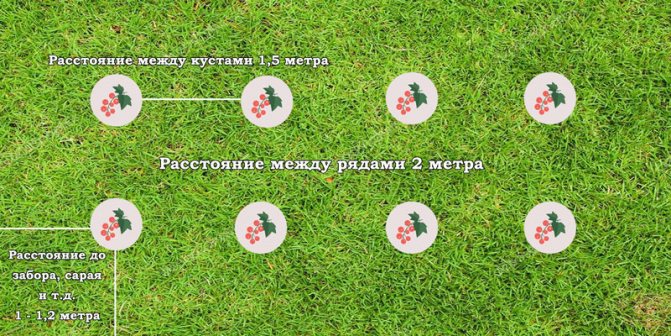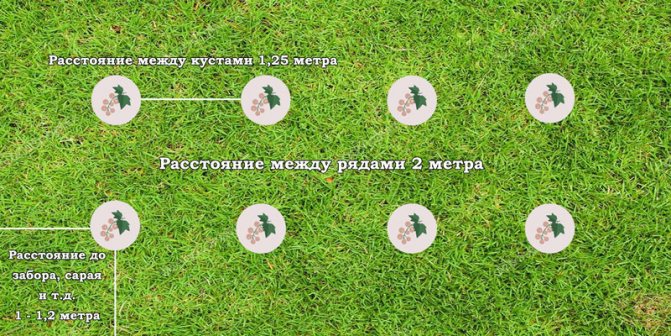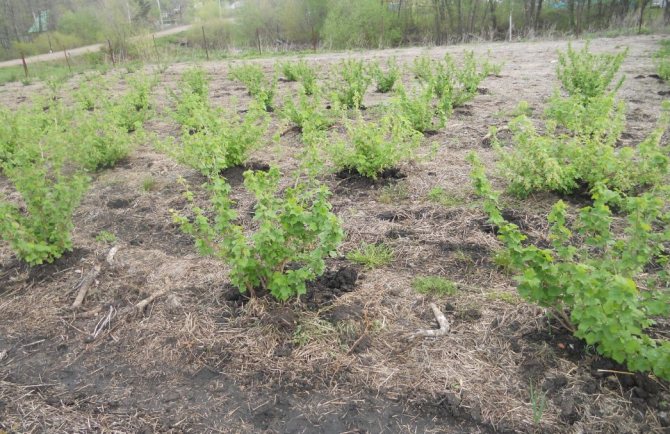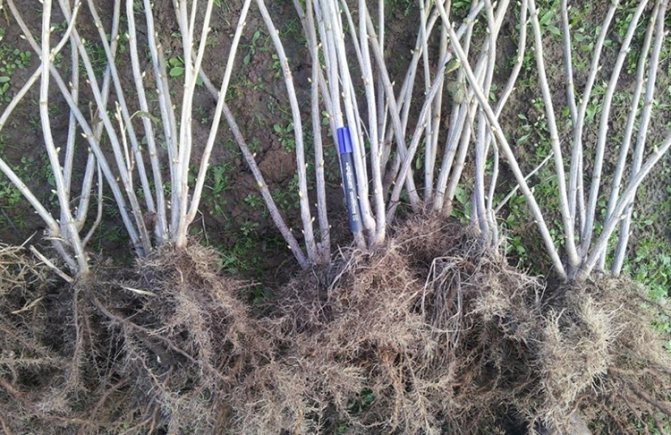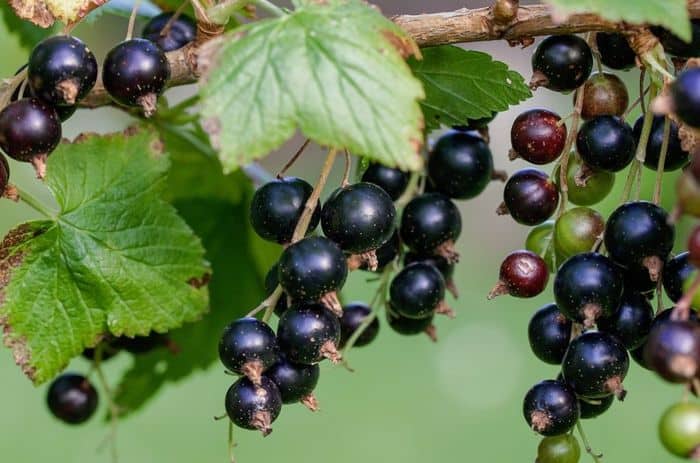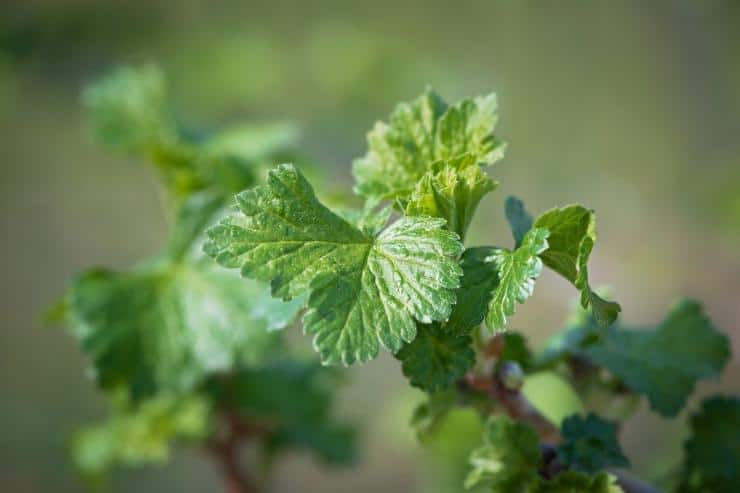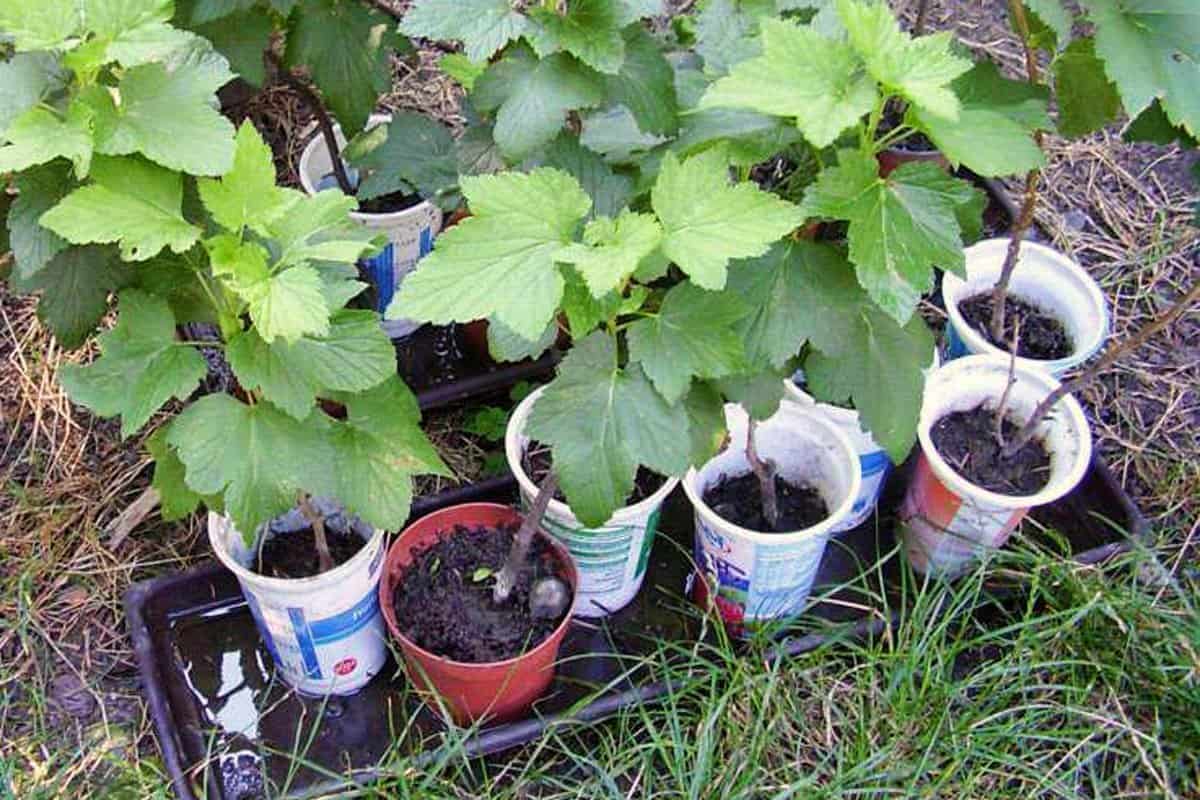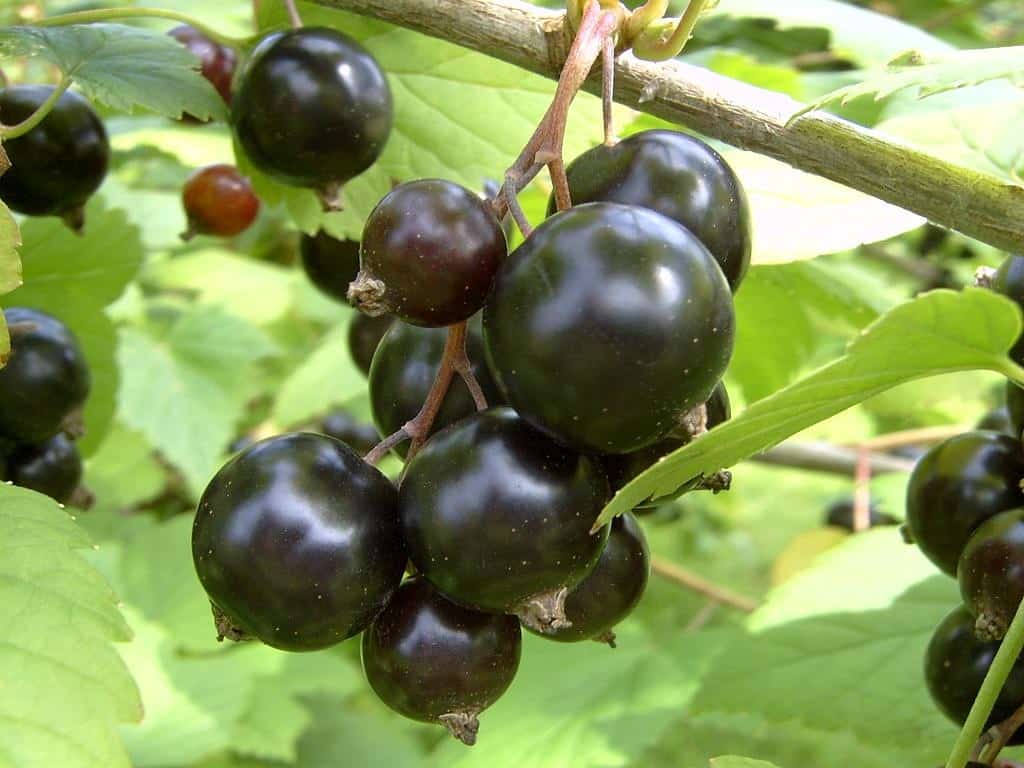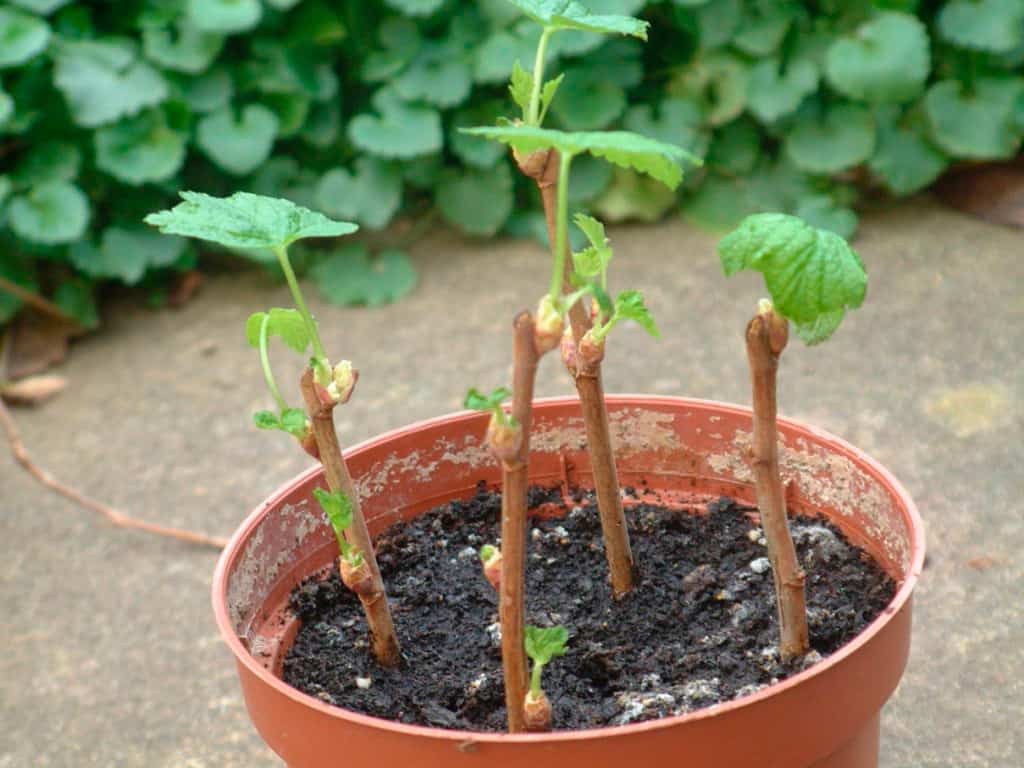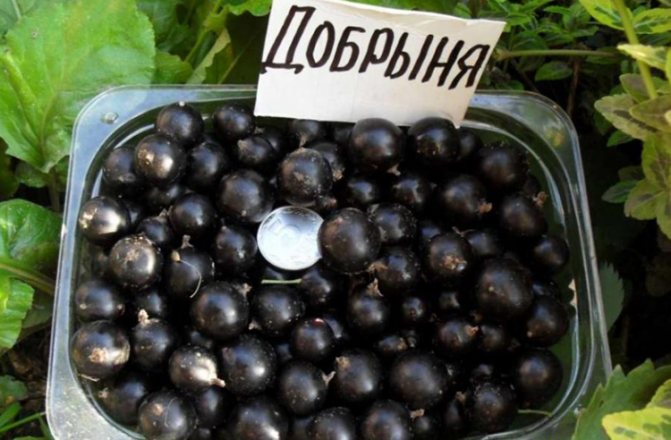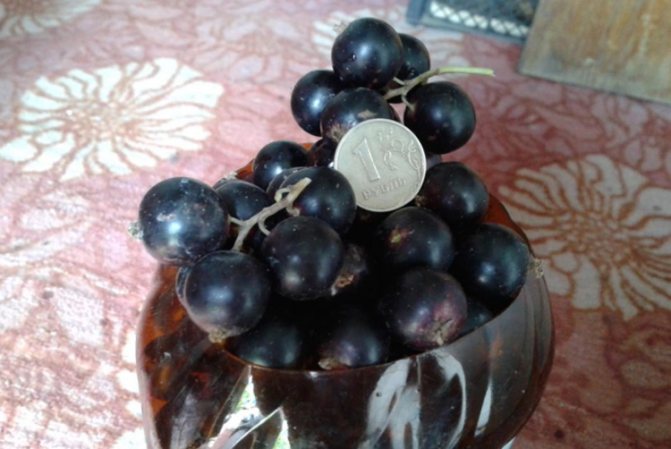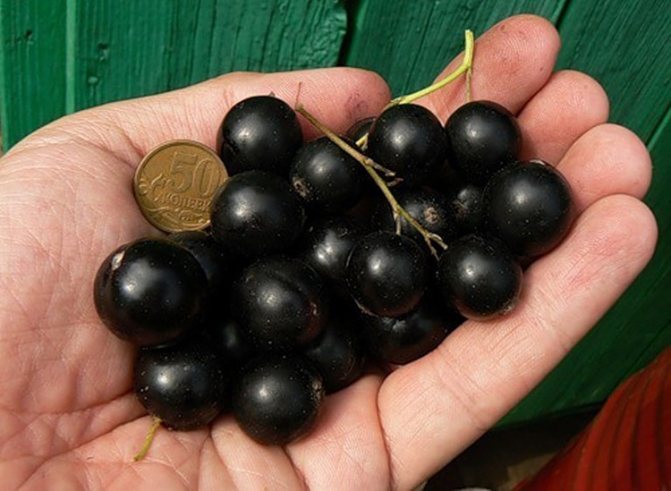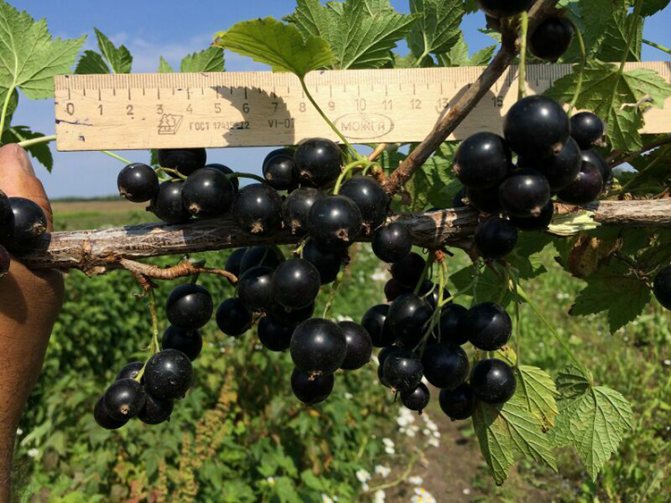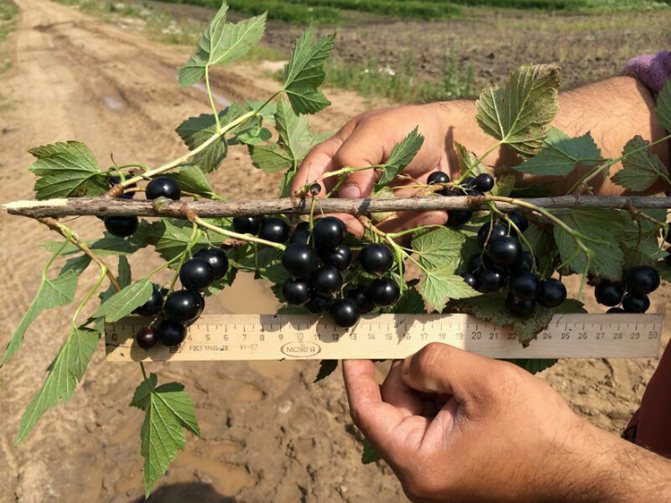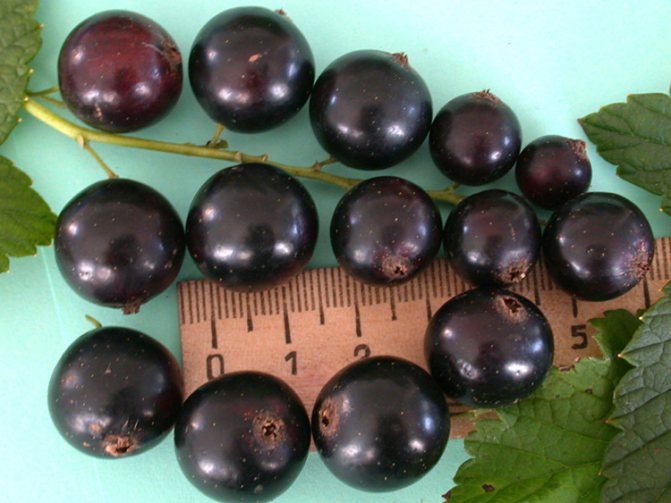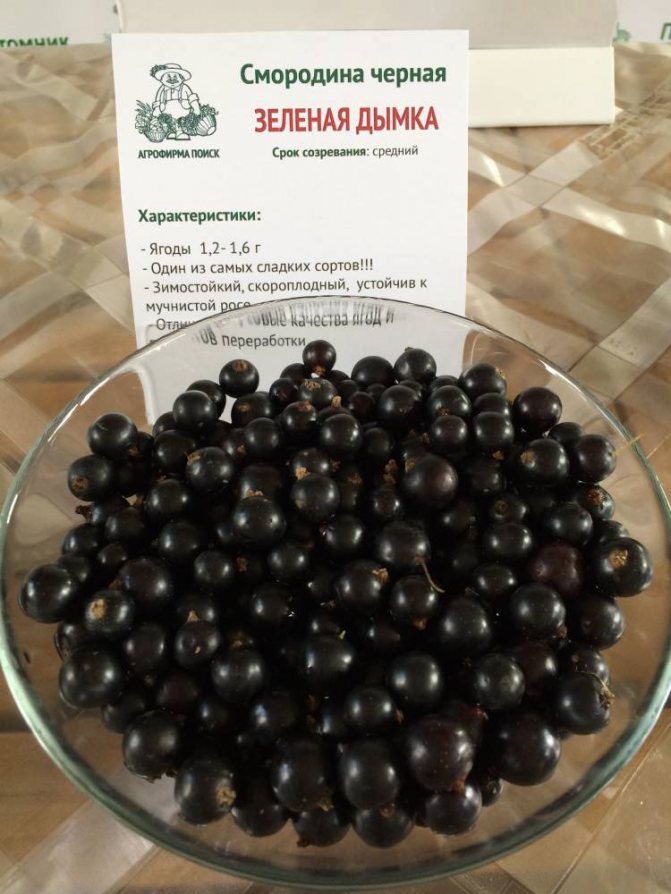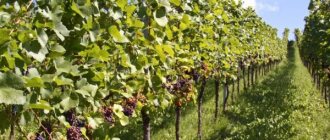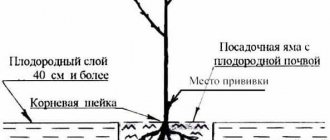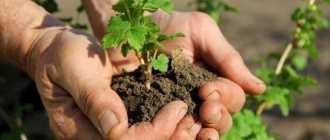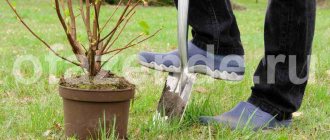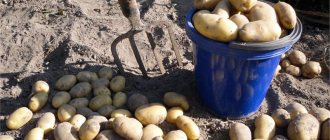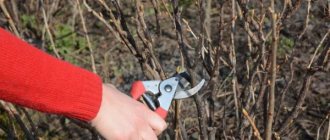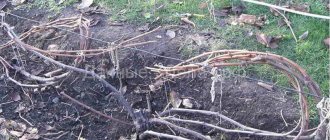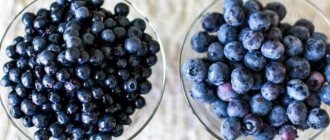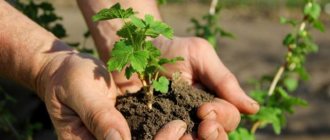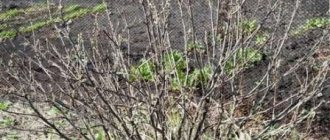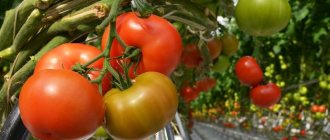When is it better to plant black currants
There is an opinion that currant is an unpretentious plant, it will take root in any conditions, and you can plant it at any time of the year. This is partly true, but taking root and bearing fruit are two different things. In order for a plant to produce a good harvest, simple but mandatory conditions must be observed.
The first of them: it is better to plant a bush in the fall. Drop-off times vary by region. The best option: end of September - mid-October. It is important that the seedlings have 3–3 weeks in reserve before the onset of frost. During this time, the plant will restore its root system and will be ready to overwinter. By spring, the soil at the roots will be compacted, which will give them the opportunity to receive nutrition in full.
Spring planting will require more trouble, and the berry itself is tolerated a little worse. In the spring, it is advisable to plant in places where the snow cover is shallow, and there is a danger of freezing the roots. Currants are planted in April, as soon as the snow melts. The thawed soil layer should be 20 cm. The wetter the soil is during spring planting, the better the seedling will root. The currant wakes up early, it is necessary to plant it before the buds bloom.
conclusions
- Preparatory work for the spring planting of varieties Bagheera, Sokrovische and others should be started in the fall or 1-1.5 months before planting.
- When choosing a seedling, it is necessary to assess its root system, the absence of leaves and the condition of the buds.
- Planting times vary from region to region and depend on the temperature of the air and soil warming up.
- When planting, it is important to observe all basic agrotechnical rules, otherwise the plant may not take root.
- The most intensive watering is done after planting the seedling until it takes root and the first leaves appear.
Where to plant a seedling
When choosing a permanent location, the following parameters are taken into account:
- soil composition,
- a place,
- illumination,
- predecessors and neighbors.
Soil composition
Currant prefers fertile black soil, grows well and bears fruit on sandy loam or medium loamy soils. The soil can be improved to match the requirements of the bush. Organic matter is added to sandy loam, organics and mineral fertilizers are added to loamy. The acidic soil is limed. To do this, in the fall, when digging, slaked lime is added at the rate of 40 kg per hundred square meters. Moreover, it is important to know that excess lime is harmful to the soil. If the earth is not dug up, then local cultivation is carried out: they make wide planting holes and fill them with fertile soil with humus and add 200 g of ground limestone.
A place
For berries, areas that are lit and protected from the wind are preferable. Avoid areas where the groundwater is more than one and a half meters from the soil surface. A leveled area or a gentle slope with a slope to the west or northwest is suitable for her. Lowlands are not suitable for black currants.
Illumination
Black currant is a light-loving plant. It can also grow in light partial shade. In this case, the berries will be larger than on bushes growing in sunny areas, but noticeably sour in taste.
Predecessors and neighbors
To avoid contamination, the berry is not planted in areas previously occupied by raspberries, gooseberries or currants.The rest of the fruit, berry or vegetable crops can be good predecessors.
Avoid sea buckthorn, raspberries, gooseberries and cherries. The roots of sea buckthorn spread 10 meters and are located shallowly, on the same level with the roots, so sea buckthorn and currants will fight for moisture and nutrition. Raspberries and cherries grow very quickly and drown out the bush. They have a common enemy with gooseberries, the gooseberry fire, so to prevent infection, it is better to plant the berries further away. Do not plant currants in the immediate vicinity of trees, especially pine or walnut. The fact is that the pine acidifies the soil. Walnut, on the other hand, inhibits all vegetation nearby.
It is good to plant several varieties side by side: inter-pollination increases yields. Due to cross-pollination, the number of ovaries increases, and the berries become larger.
Spring propagation of currants: we grow new bushes from cuttings
No matter how good the variety of currants planted on your site is, over time the bush will begin to age: it will be exposed to specific diseases and bring less and less harvest.
You do not need to spend money on a new seedling: you are quite capable of propagating a fruit shrub using cuttings, while maintaining all varietal qualities. It is much more convenient for me to do this procedure in the spring: in the fall it is cold and chilly at the dacha, but with the onset of heat, garden chores become very pleasant.
Read also: Black currant "Summer resident": description of the variety, photos, planting and care
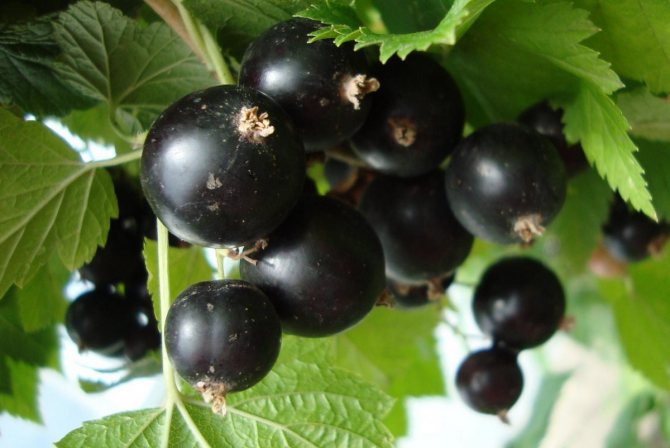
Black currant bush: planting and care, scheme, distance
The main rule when placing bushes on the site is simple: you need to plant so that the plant is comfortable, and at the same time it is convenient to pick berries.
Currants need space. Remember that it should be separated from fruit trees by at least 2.5 m.When planting in rows, leave a row spacing of 2 to 3 meters, in a row, leave at least one and a half meters between the bushes. With a shorter distance, the bushes will interfere with each other, and the yield will noticeably decrease. In addition, the life expectancy of the bushes is also reduced. If you plan to plant currants along the fence, do not save space, step back one and a half to two meters from the fence.
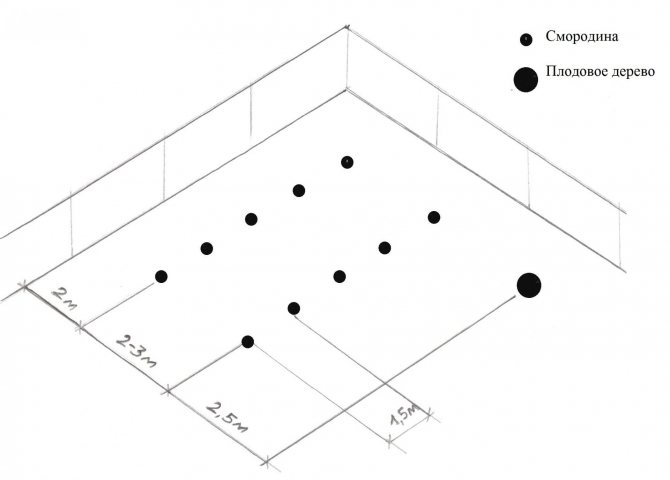

Planting scheme of black currant in rows
Video
With regular planning, they maintain strict geometric shapes for the placement of trees and bushes, beds for vegetables and strawberries, and maintain equal distances between plants.
Currant is a delicacy that contains many vitamins and minerals. Today, most amateur gardeners are engaged in its cultivation. If you take good care of it, then 7–7.5 kg can be harvested from one shrub! And now we will figure out how and where to plant currants so that healthy shrubs grow.
What to plant next to
Three rules of neighborhood are universal for everyone in the garden:
- Do not plant nearby crops if they are of the same species or feed on the same nutrients.
- When planting at different levels, consider whether low-growing plants are shade-loving. If a low-growing plant is photophilous, do not plant it under a high one.
- Take into account the depth of the location of the roots and keep in mind that the roots are able to protect their territory with the help of phytotoxins.
Guided by these rules, we will determine which neighborhood is useful and which plant will oppress.
Recent Entries
5 of my favorite tomato varieties that are great for pickling 7 super early and delicious potatoes to plant in 2020 6 rare 2020 tomato varieties that will bring you a decent harvest
Invalid neighborhood
For black currant, the neighborhood with sea buckthorn, raspberries, apple trees, cherries is unacceptable. The neighborhood has a bad effect on pear and cherry. Red currants should also be planted away from black currants.
Can be planted next to
Honeysuckle and hops are good neighbors. Garlic, calendula, Jerusalem artichoke get along with the berry. The ideal neighbor is onions. They do not interfere with each other, and the onions protect the currants from the kidney mite. Onions should be planted in the fall, this will provide protection for young shoots in the spring.
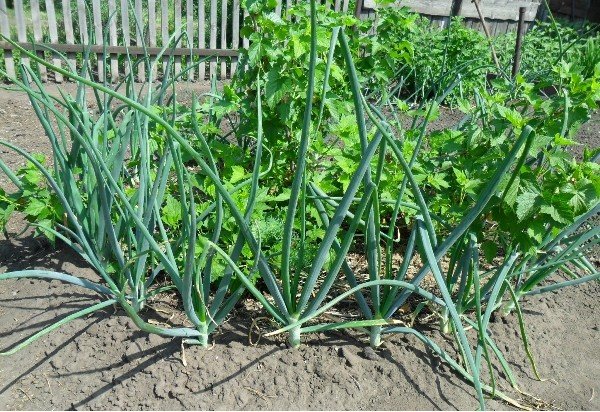

Onions protect young currants from kidney mites
Gardening tips
In order to create a beautiful garden, it is necessary to provide competent placement, taking into account compatibility. It is advisable to select separate areas for different plant species. If this is not possible, they retreat several meters from the fruit trees so that they do not shade the currants. It is recommended to proceed as follows:
- Select areas with a groundwater level of at least 1 m from the ground surface.
- Choose a flat piece of land. A slight slope is allowed. For a good harvest, it is important that water and cold air do not stagnate. Areas with a height are not suitable for currants, since in the summer the bushes suffer from dry winds.
- Remove wheatgrass along with the roots or pre-treat the soil with herbicide so that the weed does not drown out young currants and reduce the quality of the harvest of mature bushes.
- Plant three bushes in each hole in order to increase the yield by 2-3 times. In this case, an angle of 45 ° is also maintained.
- Prepare foliar dressing in cloudy weather. During the flowering period, the plants are sprayed with a product prepared on the basis of manganese sulfate (1 tsp) and boric acid (0.5 tsp). The components are dissolved in 10 liters of warm water with a temperature of up to 40 ° C. When forming ovaries for the same amount of liquid, use a glass of superphosphate and 3 tbsp. l. urea. In cloudy weather, plants absorb nutrients better, the yield and quality of berries increase several times.
Currants do not require special care, it is enough to provide basic conditions. However, in order to increase yields, it is worth listening to the advice of experienced gardeners and making additional manipulations. The planting of bushes is carried out taking into account the norms for planting plants, if necessary, they are agreed with the owner of the neighboring site.
How to plant correctly
Every gardener has his own secrets of success. But everyone agrees that success is determined by a number of factors, such as:
- the quality of the seedlings,
- correct disembarkation,
- follow-up care.
How to choose planting material?
First, choose better zoned varieties. They are better adapted to the conditions in your region and, with proper care, will yield a good harvest.
Secondly, you should choose high-quality planting material. For currants, these are annual or biennial seedlings. Saplings should be leafless, strong. Decisive when choosing is the absence of diseases and good condition of the roots. A healthy seedling has well-developed fibrous roots and 3-4 lignified skeletal roots 15-20 cm long. For a high-quality seedling, two or three shoots 40 cm long are sufficient. A healthy seedling has buds adjacent to the trunk, there are no spots.
If the kidney looks swollen, rounded, most likely, a kidney mite has settled there.
During transportation, do not overdry the roots of seedlings. To protect the roots, they need to be wrapped in a damp cloth or wrapped in foil.
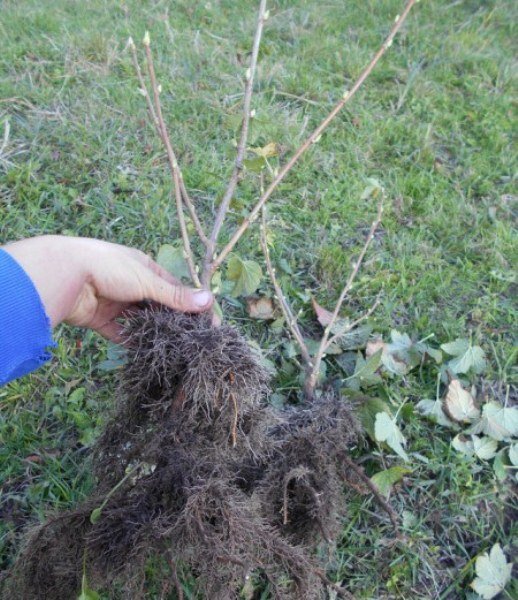

Healthy annual blackcurrant seedling
Correct fit
Planting holes can be dug just before planting, but it is better to prepare them in advance, a couple of weeks before planting, so that the earth has time to settle and the chlorine introduced with the manure evaporates. Pit preparation:
- Choose a suitable bright spot.
- Dig holes 2 m apart. The planting hole should be about 60 cm in diameter and about half a meter deep.
- Pour humus into the bottom of the planting pit, filling the planting hole by a third. Add a glass of wood ash, stir.
Planting seedlings:
- Examine the roots. If there are any damaged, cut them off with a pruner.
- If you are using mineral fertilizers, cover them with fertile soil on top so as not to burn the roots with the fertilizer.
- Place the seedling in the hole, gently straightening the roots. The seedling should not be placed vertically in the planting hole, but at an angle of 45 ˚.
- Pay attention to the fact that the root collar should be located 6 cm below the edge of the pit. A deep, sloping planting contributes to the formation of a powerful bush: new roots will appear and the bush will grow in width due to new shoots.
- Sprinkle the seedling with earth, trying to fill the space between the roots. It is more convenient to plant together: one holds the seedling, the second pours the earth.
- Compact the soil slightly.
- Drizzle: half a bucket per hole. Thus, the earth is compacted at the roots. This is important for currants. She does not like the voids at the roots.
- Fill the hole with earth completely.
- Form a hole around the bush and water abundantly.
- Trim the freshly planted bush. Cut off as follows: 4–5 buds are counted from the ground, cut with pruning shears above the fifth. This will allow the seedling to grow new roots and produce many healthy, strong shoots in the spring.
The cut pieces can be cut into cuttings and rooted. This will be a good planting material.
- Mulch the planting to avoid crusting.
- When planting in autumn for the winter, the bushes should be spud to a height of 12–15 cm in order to close the roots and protect them from freezing. In the spring to bother.
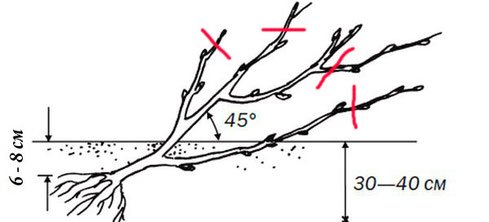

The correct position of the seedling when planting
Video: How to plant black currants correctly
Preparing the soil and planting pit
If planting is planned in the fall, then the soil begins to be prepared 60 days before the expected date, and if in the spring, then 14 - 21 days before planting the seedlings.
To prepare the soil for planting you need:
- make a layout of places;
- align the selected surface;
- simultaneously dig deeply and add organic fertilizers to the soil (if the soil is acidic, then add lime).
Further, on the prepared soil, the planting holes are marked, after which they begin to dig them. The width of the landing pit is 0.6 m and the depth is 0.4 m.
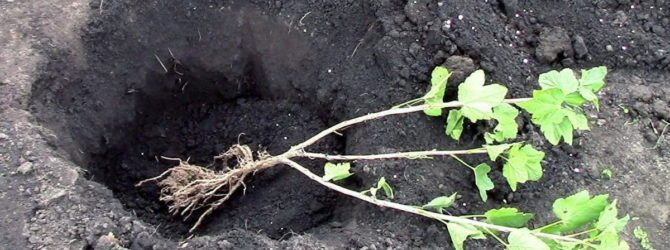

If there is a surface occurrence of groundwater on the site, then there is no need to dig planting holes. In this case, the seedlings are planted in earthen mounds (height 20 cm).
Transfer to a new location
Sometimes it is required to transplant currant bushes to a new place. This need arises if
- you are moving to a new location,
- tall trees have grown in the neighborhood,
- the earth is depleted,
- you are planning construction on the site.
Transplanting a bush is slightly different from planting a seedling, but the principle is the same: to ensure root survival. Therefore, this should be done in the fall. And take into account that bushes older than 4 years are not suitable for transplantation. Procedure:
- Find a comfortable place: bright, sheltered from the wind.
- Free the land from weeds, dig it up.
- Prepare the pit. To immediately give the currants more supply of fertile soil, the hole should be dug wider, at least 70 cm in diameter and two bayonets deep. The pit is prepared 2 weeks before the transplant.
- Prepare nutrient soil: pour fertilizers, humus, ash into the pit.
- Prepare the bush for transplantation. Cut off old branches with pruning shears at the very base. Cut young shoots in half. Thanks to pruning, the bush in a new place will give strength to the restoration and growth of the root system and will not hurt.
- Dig in the bush with two bayonets deep and carefully remove it from the ground, trying not to damage the roots.
- Pour water into the prepared hole. The nutrient soil should become liquid in consistency.
- If the bush is sick, examine carefully and remove diseased roots, pests. Rinse the roots and hold in a strong solution of potassium permanganate.
- Lower the bush into a hole with liquid nutrient soil. Make sure that the root collar of the bush is 6–8 cm below the edge of the hole and cover with soil.
- Pour well with water and mulch. Watering will compact the soil at the roots and mulch will prevent the soil from drying out and crusting on the surface.
Then they take care of them as usual: they water them abundantly, feed them and cut them off on time.
Secrets of correct placement
There are several secrets to placing black currant bushes:
- Air temperature during planting operations + 17 ° C ... + 23 ° C.
- Choose slightly shaded areas with good drainage or soil that has neutral characteristics.
- Groundwater should be 1.5 m below the surface layer of the earth.
- Lack of neighbors nearby.
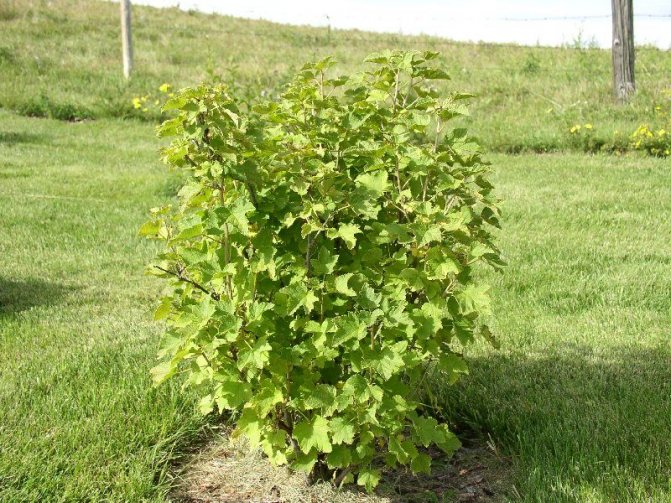

And in order for the shrubs to please with a large harvest, they must be properly looked after:
- Weed by hand.
- Loosen up.
- Mulch.
- Water.
- Feed.
- Protect from frost.
- Trim.
Which is the best way?
Gardeners propagate black currants both by seedlings and cuttings. Of course, the seedling is almost a ready-made plant, and it will begin to bear fruit much earlier. In addition, the seedling already has roots, so its survival rate is higher.
However, the purchase of seedlings is not cheap, and the risk of its death is still present. Sometimes it happens that the variety turns out to be infertile, there are also acquisitions of seedlings with infected roots.
Cutting propagation also has its pros and cons. You can cut shoots from your own shrub - that is, without cash costs. In addition, a locally grown mother plant produces fully adapted shrubs with predictable yields. But it will take longer to wait for fruiting, and the survival rate of cuttings is lower than that of seedlings.

